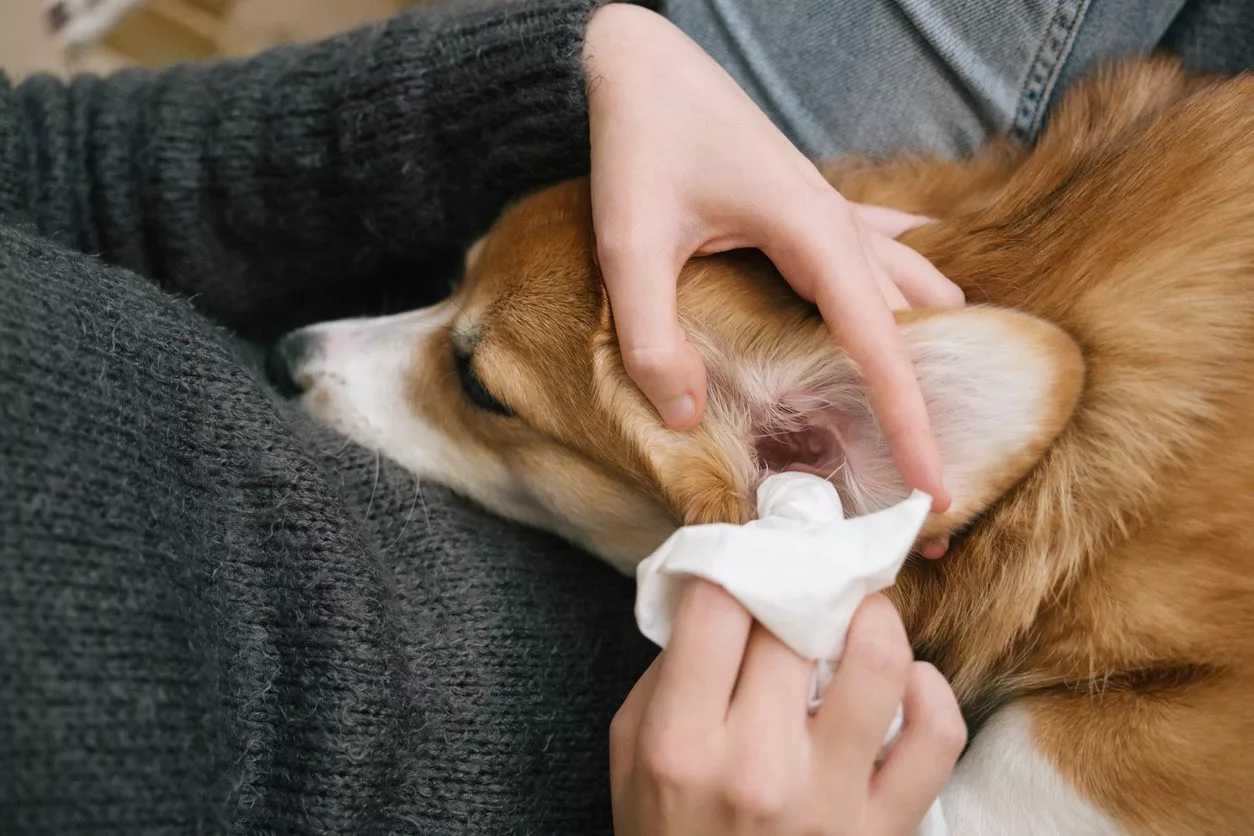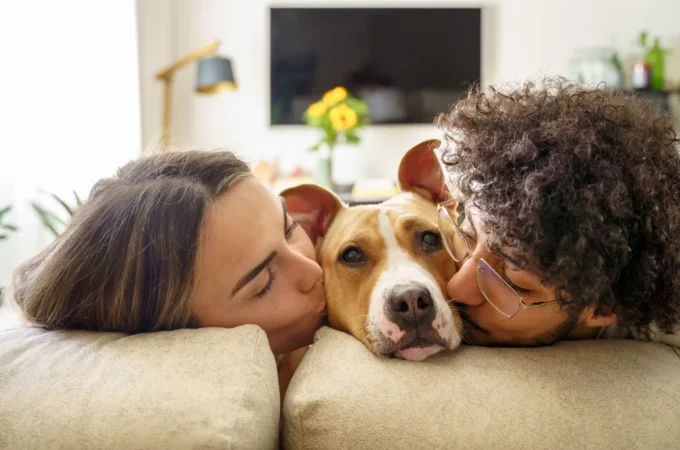
What’s the Safest Way to Clean Your Pet’s Ears and Teeth?
Maintaining your pet’s hygiene is essential to their overall health and well-being. While regular grooming often focuses on fur and nails, ear and dental care are just as important, and often overlooked. Improper cleaning techniques can lead to infections, discomfort, and long-term health issues. Understanding the safest and most effective ways to clean your pet’s ears and teeth can help prevent complications and keep your furry companion happy and healthy.
Table of Contents
ToggleUnderstanding Ear Care Basics
Your pet’s ears are sensitive and prone to collecting dirt, wax, and moisture. Left unchecked, this buildup can lead to infections, especially in breeds with floppy ears or those prone to allergies. The safest way to clean your pet’s ears is with a vet-approved ear cleaning solution and a soft cotton pad or gauze. Avoid using cotton swabs, which can push debris deeper into the ear canal or cause injury.
Start by gently lifting the ear flap and applying the cleaning solution as directed. Massage the base of the ear to help loosen debris, then wipe away any visible residue. If your pet shows signs of pain, redness, or foul odor, it’s best to consult a veterinarian before continuing. Routine ear checks, especially after swimming or outdoor play, can help catch issues early.
Safe and Effective Dental Hygiene
Dental health is a critical part of your pet’s overall wellness. Plaque and tartar buildup can lead to gum disease, tooth loss, and even systemic infections. The safest way to clean your pet’s teeth is with a toothbrush and toothpaste specifically formulated for pets. Human toothpaste contains ingredients that can be toxic to animals, so it’s important to use products designed for their needs.
Introduce tooth brushing gradually, starting with short sessions and rewarding your pet for cooperation. Aim to brush their teeth several times a week, if not daily. Dental chews, water additives, and vet-approved oral rinses can supplement brushing, but they shouldn’t replace it entirely. Regular dental checkups are also essential to monitor for signs of decay or disease.
Professional Grooming Support
While many pet owners handle basic grooming at home, professional groomers offer expertise and tools that can make ear and dental care safer and more thorough. Services like dog grooming in Fort Lauderdale or in your area often include ear cleaning and teeth brushing as part of a full grooming package. Groomers are trained to spot early signs of infection or dental issues and can recommend veterinary care when needed.
Professional grooming is especially helpful for pets that are anxious or resistant to at-home care. Groomers use calming techniques and specialized equipment to ensure the process is as stress-free as possible. Scheduling regular appointments can help maintain hygiene and catch potential problems before they escalate.
Recognizing Warning Signs
Knowing when something is wrong is just as important as routine cleaning. For ears, watch for scratching, head shaking, redness, swelling, or discharge. These symptoms may indicate an infection, mites, or allergies. For dental health, bad breath, drooling, difficulty eating, or visible tartar are signs that your pet may need professional attention.
If you notice any of these symptoms, avoid cleaning the affected area until you’ve consulted a veterinarian. Attempting to treat an infection or injury without proper guidance can worsen the condition. Early intervention is key to preventing more serious health issues.
Creating a Routine That Works
Consistency is the foundation of effective pet hygiene. Establish a routine that includes weekly ear checks and regular tooth brushing. Choose a quiet time when your pet is relaxed, and use positive reinforcement to make the experience enjoyable. Keep cleaning supplies organized and accessible, and don’t hesitate to ask your vet or groomer for tips tailored to your pet’s breed and temperament.
Over time, your pet will become more comfortable with the process, making it easier to maintain their health. A proactive approach to ear and dental care not only prevents problems but also strengthens the bond between you and your pet.
Conclusion
Cleaning your pet’s ears and teeth safely requires the right tools, techniques, and awareness. By incorporating gentle, vet-approved methods and staying alert to signs of trouble, you can protect your pet from discomfort and disease. Whether you handle grooming at home or seek professional support, regular hygiene practices are a vital part of responsible pet care.


